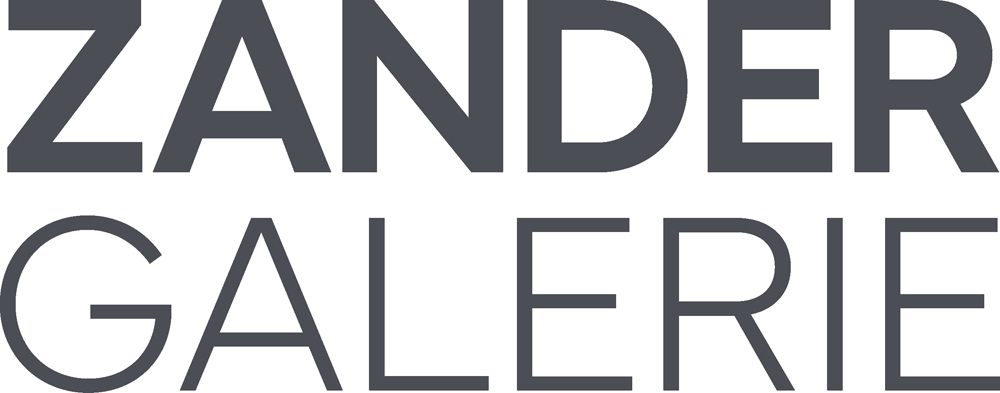LEE FRIEDLANDER Jazz People // E. J. BELLOCQ The Red-Light District of New Orleans
Lee Friedlander (b. 1934 in Aberdeen, Washington) is best known for the enormous diversity of this work: his photographs range from landscapes to portraits, from street scenes to nudes, from industrial sites to the stems of flowers. This year Friedlander received the Hasselblad Award, and the Museum of Modern Art in New York mounts a retrospective of his work. This exhibition presents Lee Friedlander’s prints from the 1980s, which were reproduced in the book The Jazz People of New Orleans.
The Jazz Peoplereflect another of his passionate interests – music – especially the musicians of New Orleans whom he has been photographing since 1957. New Orleans, birthplace of jazz, was once home to such legends as Louis Armstrong and King Joe Oliver, before they went up North to pursue their career. In addition to these portraits, Friedlander also photographed brass bands like Young Tuxedo or Eureka, who marched through the working-class quarters of the city or accompanied funerals. Friedlander does not show the French quarter, which is so popular with tourists, but follows the original musical tradition, which is at the heart of US-American culture.
During one of his stays in New Orleans Lee Friedlander saw the plates of E.J. Bellocq from 1912 for the first time. Impressed by the images he began to make prints from them employing a method commonly used at the time the photographs were taken. The work of the hitherto unknown photographer E.J. Bellocq from New Orleans became one of the most spectacular rediscoveries in the history of photography. The prints were exhibited in the New York MoMA in 1970.
Little is known about Bellocq’s life and even less about his models. They were prostitutes from Storyville, the red-light district of New Orleans. They were apparently eager to take part in the staging of the images, whose beauty and mystery is even enhanced by the aged and partly damaged plate negatives. The signs of time transform them into enigmatic, fallen women. In some portraits the women are dressed, in some they are naked, they wear masks. And in other images their faces are scratched out from the surface of the negatives. The models pose standing, seated on a stool or lying on a divan in the back rooms of New Orleans.
